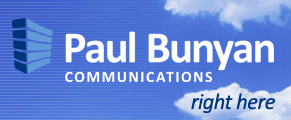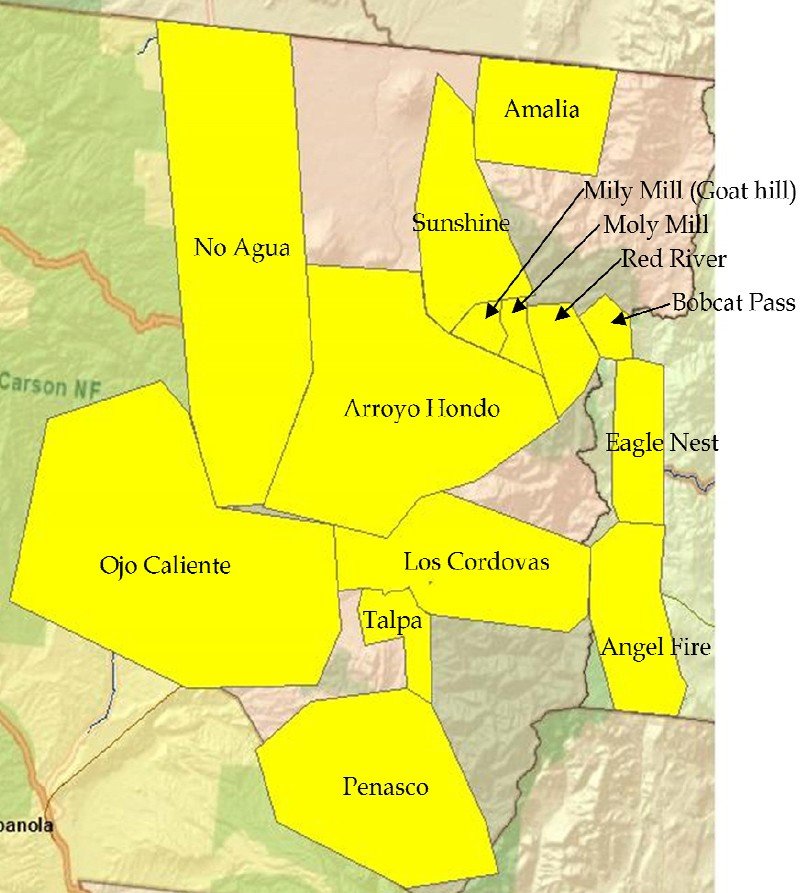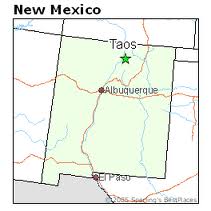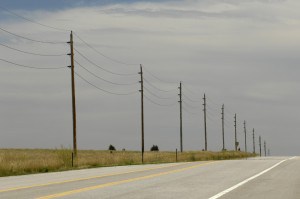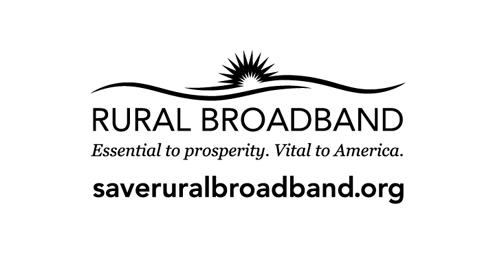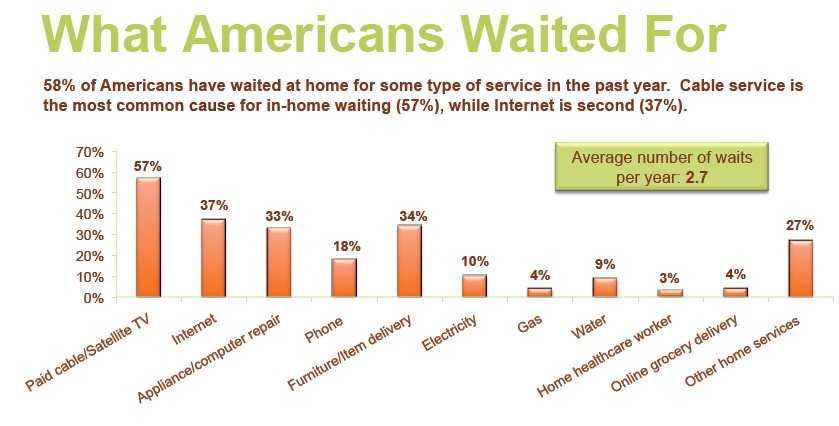Parts of rural Minnesota are teaching the nation a lesson or two about how to deliver rural broadband — form a community co-op and provide it yourself, or wait forever for a commercial provider to deem it sufficiently profitable to deliver a reasonable level of service.
Minnesota’s Broadband Task Force indirectly proved the case for community Internet access with their first official report on the state of broadband in the North Star State.
While the populous Twin Cities are well-provided-for by large cable and phone companies, most of rural Minnesota gets far slower (and spottier) access to telephone company DSL, which is increasingly uncompetitive and inadequate for the 21st century knowledge economy. Commercial providers have repeatedly told rural Minnesota their 1-3Mbps DSL service is plenty fast enough, at least for those who can purchase the service. City slickers enjoy speeds of 10Mbps or more in Minneapolis and St. Paul. But as many more rural residents and small businesses will tell you, DSL just cannot get the job done at current speeds, especially for higher bandwidth applications.
Not all of Minnesota is stuck with second-class Internet access. Two sections of the state where residents were unwilling to accept the broadband status quo now have speeds that rival anything on offer in Minneapolis or St. Paul, because they decided to provide the service themselves.
Farmers Mutual in Madison, Federated Telephone in Morris, and Paul Bunyan Communications in Bemidji have been running fiber optic cables up and down area streets and delivering next generation broadband to some very happy customers. All are cooperatives — community-owned providers that put their customers (who also happen to be the owners) ahead of Wall Street shareholder profits. The result: modern and reliable service, instead of “good enough for you” Internet access at sky-high prices from for-profit phone companies.
 Farmers Mutual provides service at speeds up to 20/20Mbps, with faster service forthcoming in the future. They also believe in an open Internet, free from provider interference. Just outside of their service area, DSL (where available) often runs at speeds of 1Mbps or less.
Farmers Mutual provides service at speeds up to 20/20Mbps, with faster service forthcoming in the future. They also believe in an open Internet, free from provider interference. Just outside of their service area, DSL (where available) often runs at speeds of 1Mbps or less.
Federated Telephone offers a unique Ethernet-based broadband service at 20/20Mbps speeds that advertises unlimited usage — a selling point when larger phone companies like AT&T now place limits on Internet access. Outside of their service area, many rural Minnesotans are stuck using satellite Internet service or dial-up.
Paul Bunyan Communications goes one step further with a network that already delivers 25Mbps broadband in communities like Bemidji and Grand Rapids (Minn.) Those speeds are simply unavailable from commercial providers in northern Minnesota.
Minnesota’s broadband story is retold across America. Urban communities have fast speed, but high prices. Rural communities have inferior DSL at high prices or nothing at all. Only about 57 percent of Minnesota households now meet the statewide speed goal of 10/6Mbps service. Cable operators have no problems achieving 10Mbps download speeds, but 6Mbps upload speeds are very uncommon. Phone companies cannot reliably achieve either with traditional ADSL service.
The state’s broadband goals are aggressive:
By 2015, the state of Minnesota will:
- a. Be in the top five states of the United States for broadband speed universally accessible to residents and businesses; and,
- b. Be in the top five states for broadband access (availability); and,
- c. Be in the top 15 when compared to countries globally for broadband penetration (adoption).
Community owned co-ops are the most likely to help the state achieve their broadband goals. The state is currently ranked 24th in broadband speed.


 Subscribe
Subscribe